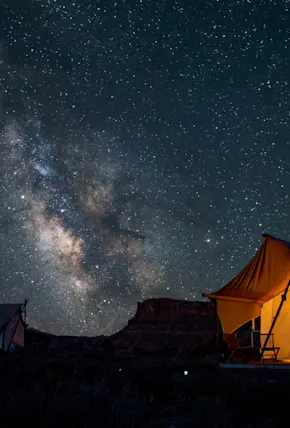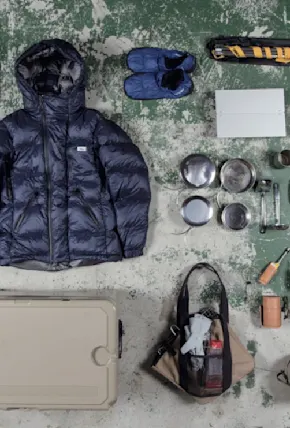A version of this article originally appeared in Cabins Etc, a substack newsletter for cabin daydreamers and leisure design lovers.
In the world of eye catching architecture few shapes hold as much significance as the geodesic dome. It’s scientifically proven to be both unique and cool. And that goes for pretty much every single geodesic dome structure iteration—geo dome mountain cabins, desert dome homes, industrial dome buildings like planetariums and observatories, even geodesic glamping tents and treehouses. All scientifically and anecdotally cool!
Not sure yet? Keep reading. This comprehensive article will make a believer of you yet.
What is a geodesic dome and why should I care?
First, you should care because geodesic domes are literally incredible. It’s literally true.
Born of the same wave of post WWII hope, optimism, and modernism that gave rise to America’s A-Frame obsession, the geodesic dome ascribes to the “do more with less” principle of utopian architectural thinking. And boy do they. Geodesic domes enclose the largest volume of internal space with the least amount of surface area, thus minimizing materials and cost while maximizing living area and structural strength.
To illustrate the phenomenon, consider this: When you double the diameter of a sphere, you quadruple the square footage and produce eight times the volume. That’s wild! And true.













